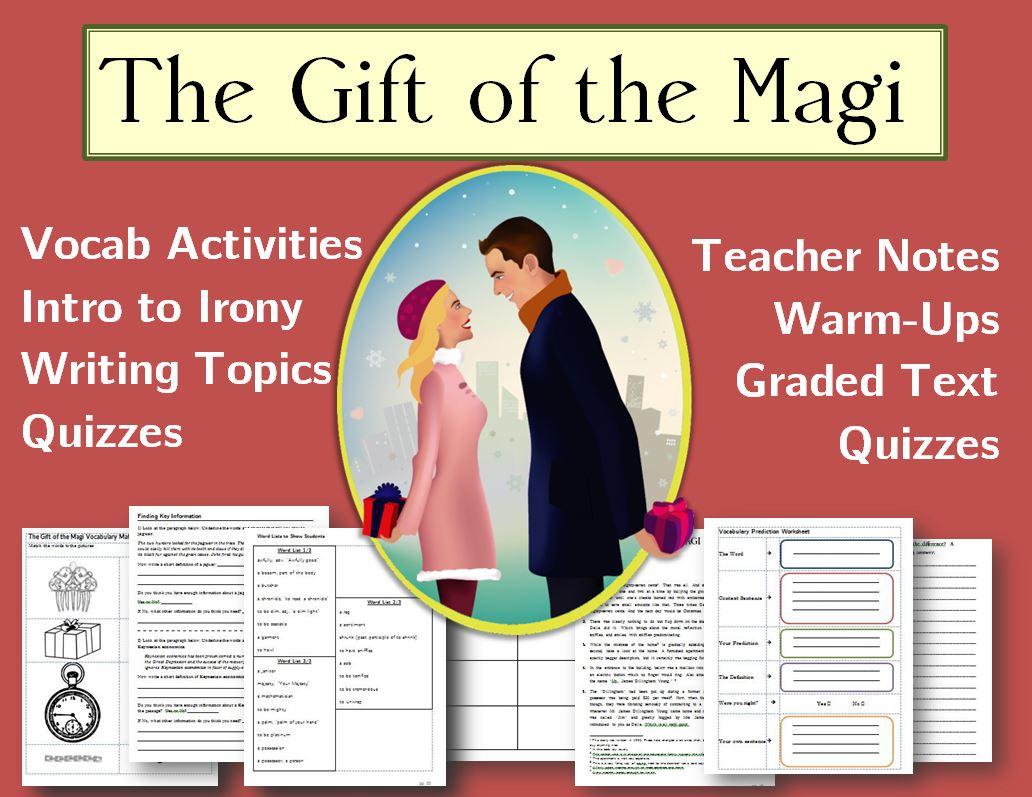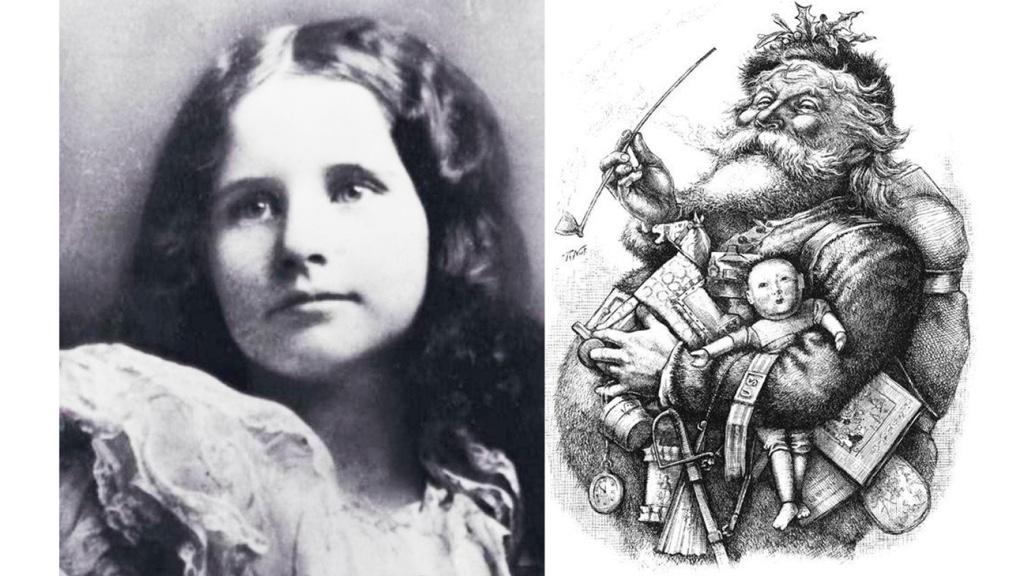Looking for a Christmas Activity with “Yes Virginia, There is a Santa Claus”? This reading activity on the famous editorial from The Sun Newspaper, has students read and discuss the editorial. It’s a great way […]

The Gift of the Magi Packet
This 100+ page “Gift of the Magi” lesson and activity plan packet has taken me years to compile! I’m pretty proud of it! “The Gift of the Magi” by O. Henry is without a doubt […]
New Holiday Activity
I am having way too much fun uploading worksheets out of 60 Positive Activities for Kids on to our Teachers Pay Teachers Store (Click on Build Positivity to find all the worksheets!) One of the […]

